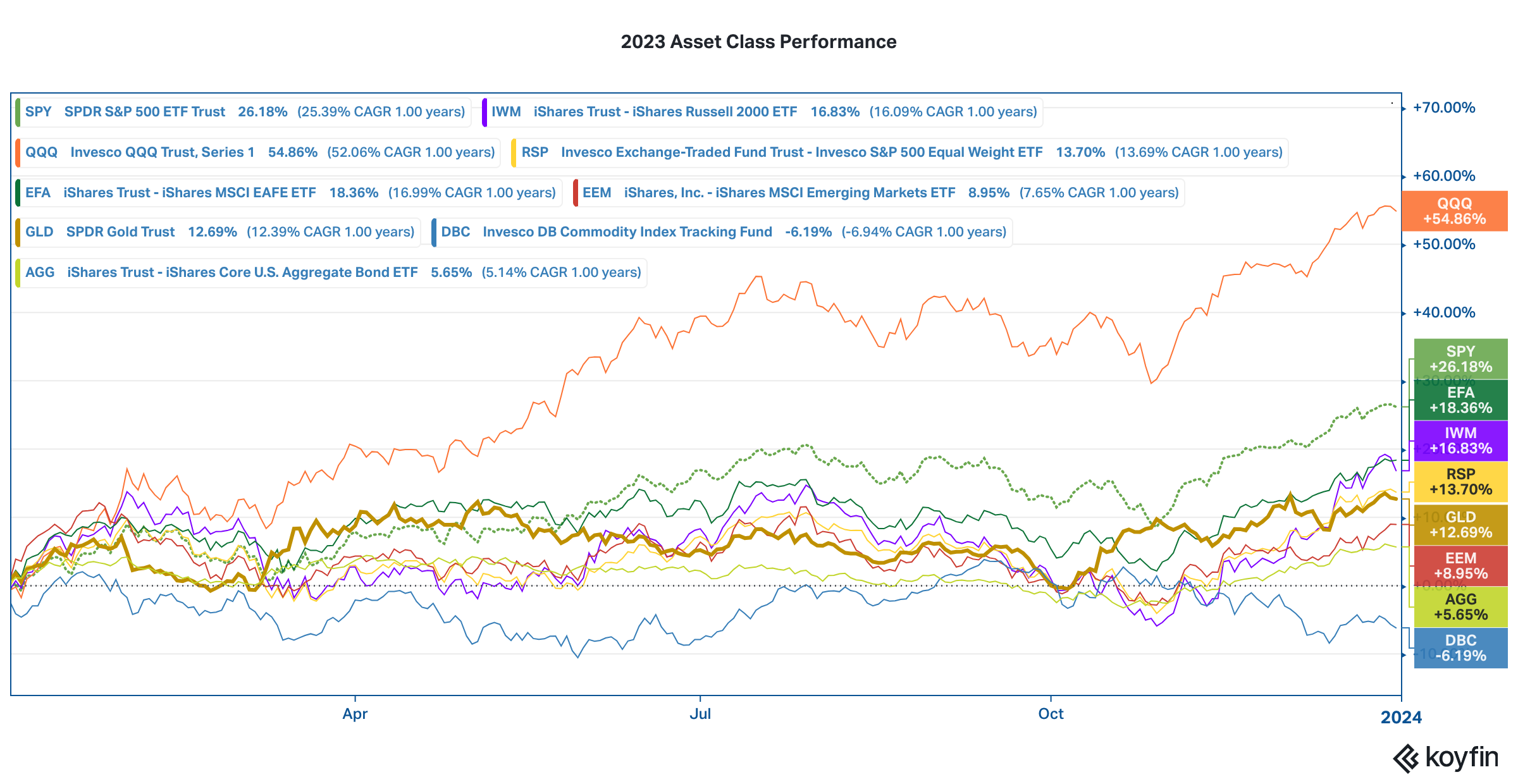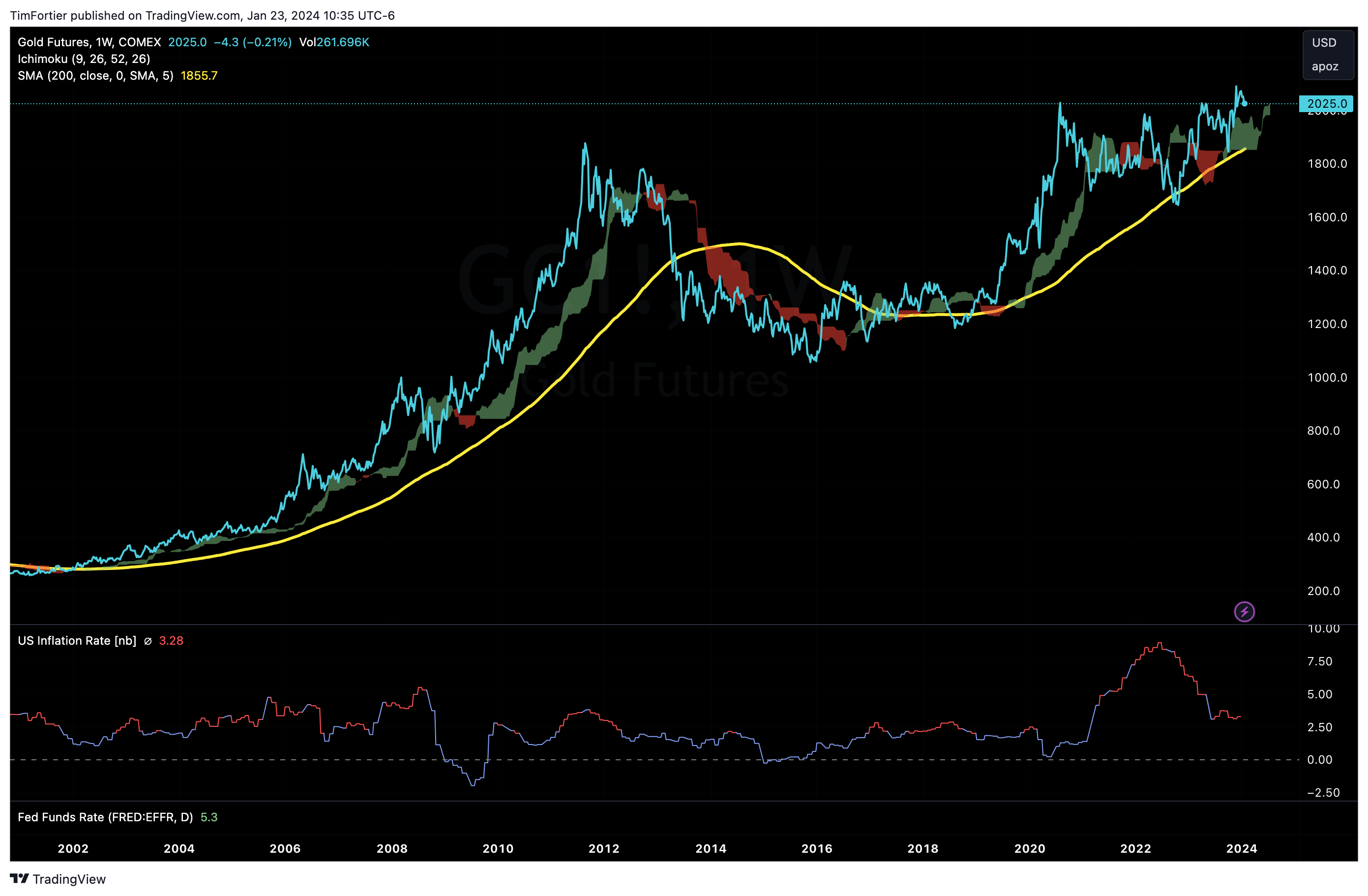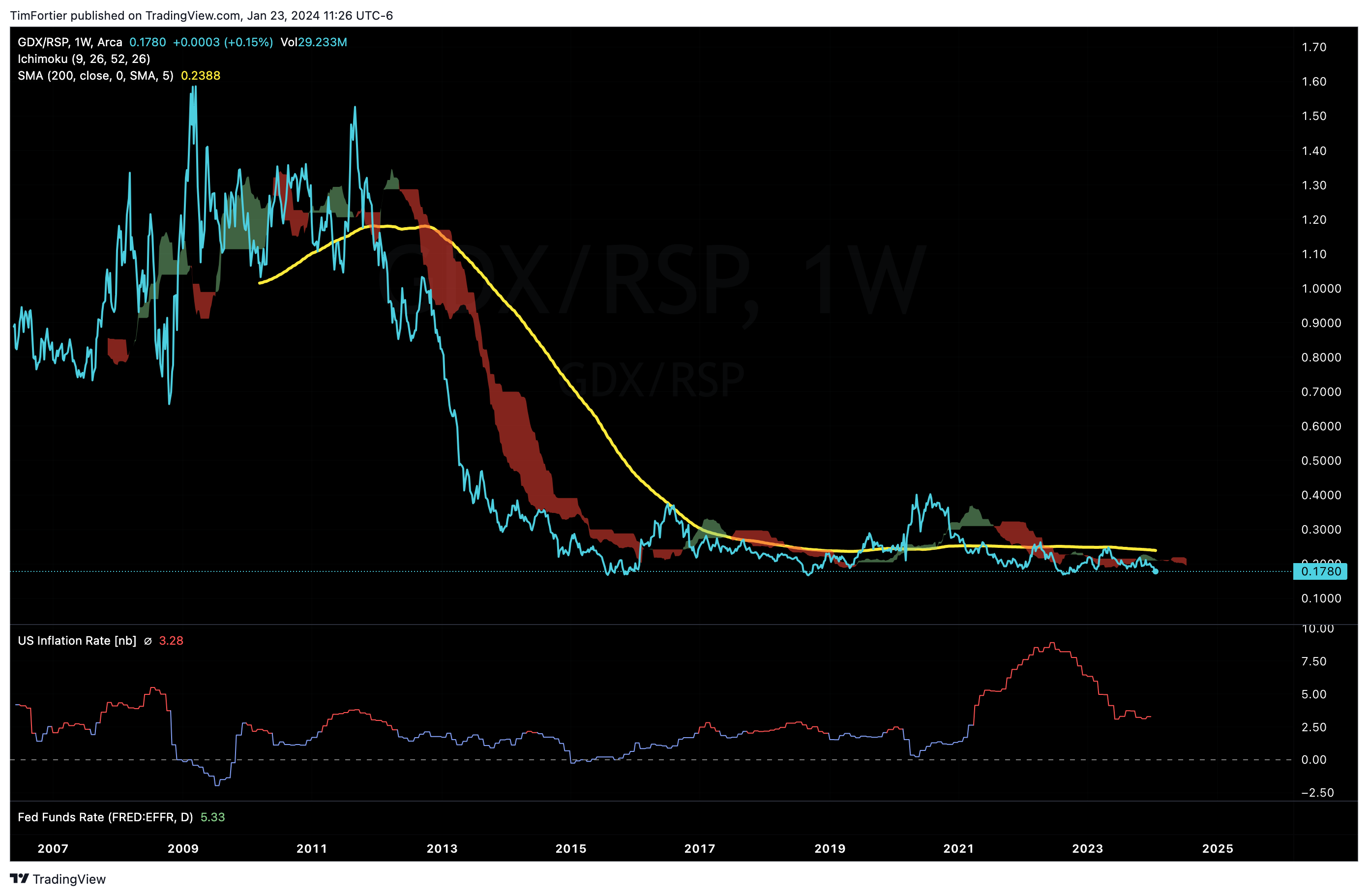Related Blogs
January 23, 2024 | Tim Fortier
The first use of gold as a currency dates back to 550 BC in what is now Turkey. Before that, gold can be traced back to the ancient Egyptians where it not only symbolized wealth but played a significant role in everyday life.
Nowadays, investors frequently see gold as a hedge against inflation and an alternative investment to hold during difficult economic periods.
In addition, gold plays a crucial role in central bank reserves due to its safety, liquidity, and return characteristics – the three key investment objectives for central banks. As such, central banks are substantial holders of gold, accounting for about a fifth of all gold that’s been mined throughout history.
On a regional basis, Western Europe represents the largest aggregate holder of gold reserves. However, when it comes to a single country, the United States tops the list with the largest amount of reserves.
Gold Reserves Ranked by Region:
Gold Reserves Ranked by Country:
Gold finished the year on a high, literally and metaphorically, as the LBMA Gold Price PM reached a new historical record of US$2,078.40/oz on December 28 – the final afternoon auction of 2023.
Gold rose 14.6% on the year, defying expectations amid a high-interest rate environment and outpacing commodities, bonds, and emerging market stocks, and did nearly as well as the equal-weight S&P 500.
Gold’s positive performance was linked to a combination of factors:
- Strong central bank demand
- Robust retail demand in key markets
- And increased geopolitical risk, especially in the last part of the year.
Gold bulls may be frustrated though that gold has so far, failed to materially break out above the August 2020 high.
For the last three and a half years, gold prices have been stuck below $2050 an ounce.
Even the spike in inflation to over 9% failed to yield a breakout above this trading range.
Despite gold flirting near all-time highs, gold stocks have seriously underperformed the market.
Currently, gold stocks show weak bullish demand with less than 25% of the stocks within the sector classified as bullish.
This has investors questioning how can gold be so high while gold stocks are doing so poorly.
The reasons are twofold.
First, inflation has caused the cost of production to also increase.
“We have seen a massive increase in the cost of mining over the last 15 years. Whether it is energy raw materials (e.g. diesel is important for open pit mines), lubricants, mining machinery, wages for miners and skilled workers, economic feasibility studies,…” — Oliver Groß (@minenergybiz) December 4, 2023
Second, gold producers are famous for selling stock to fund acquisitions and production, which results in shareholder dilution.
The following ratio chart shows just how bad the underperformance has been.
Thai chart compares the Van Eck Gold Miners (GDX) to the equal-weight S&P 500 (RSP).
In summary, a decisive break above $2050 would be a bullish sign for gold and could be bought. However, gold stocks will need to demonstrate much better participation and strength before they should be considered in most investor portfolios.
Safe investing,

If you’re thinking about hiring a financial advisor to navigate the ever-changing markets, schedule a free consultation with one of our experienced team members. There’s no risk in exploring if we’re the right fit for your financial goals. Contact us today.
Tags

Get Our FREE Guide
How to Find the Best Advisor for You
Learn how to choose an advisor that has your best interests in mind. You'll also be subscribed to ADAPT, Avalon’s free newsletter with updates on our strongest performing investment models and market insights from a responsible money management perspective.







